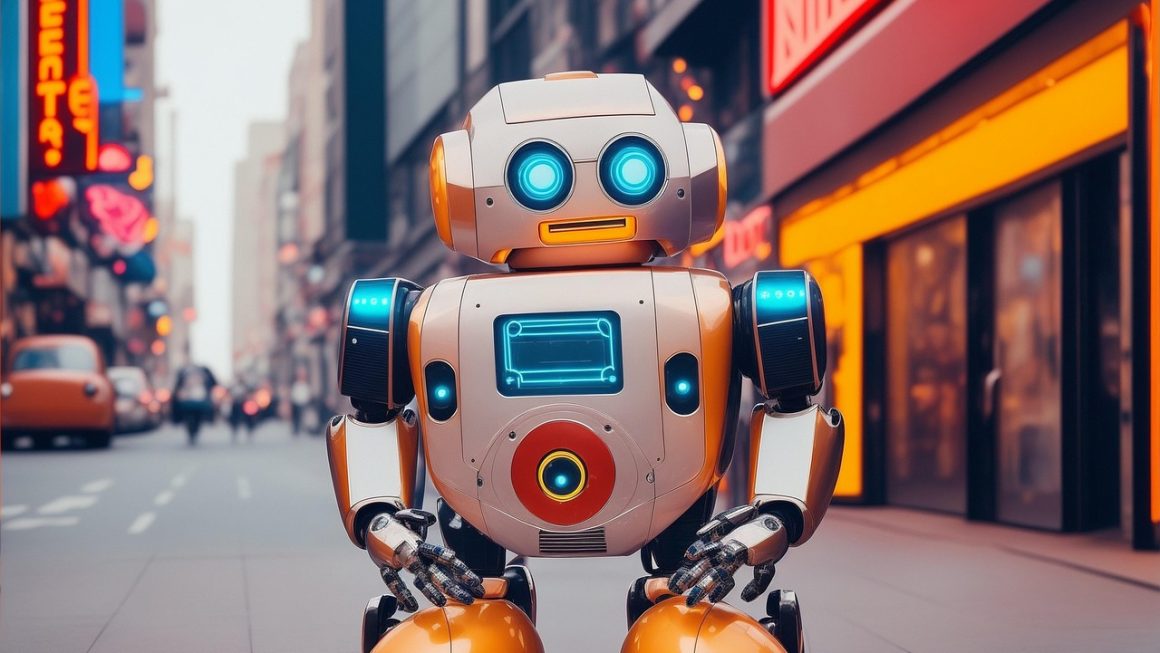Unsupervised learning, a fascinating branch of machine learning, allows us to uncover hidden patterns and structures within data without the need for labeled training examples. Imagine sifting through vast amounts of customer data to identify distinct customer segments or analyzing network traffic to detect anomalies without pre-defined labels. This is the power of unsupervised learning – extracting valuable insights from unlabeled data, opening up possibilities for predictive modeling, data exploration, and automation. Let’s delve deeper into this exciting field.
Understanding Unsupervised Learning
What is Unsupervised Learning?
Unsupervised learning is a type of machine learning algorithm used to draw inferences from datasets consisting of input data without labeled responses. Essentially, the algorithm tries to learn patterns and structures directly from the data itself. Unlike supervised learning, where the algorithm learns from labeled data (input-output pairs), unsupervised learning explores unlabeled data to identify hidden relationships, groupings, and anomalies.
- Key Characteristic: No labeled data is used during training.
- Goal: Discover inherent structures and relationships within the data.
- Common Applications: Customer segmentation, anomaly detection, dimensionality reduction.
The Difference Between Supervised and Unsupervised Learning
The crucial distinction lies in the presence or absence of labeled data. Supervised learning uses labeled datasets to learn a mapping function that predicts the output for new inputs. Think of training a model to identify cats and dogs from images where each image is labeled as either “cat” or “dog.” Unsupervised learning, on the other hand, works with unlabeled data, aiming to uncover patterns and structures on its own. Consider grouping customers based on their purchasing behavior without knowing anything about their demographics or preferences beforehand.
The following table summarizes the key differences:
| Feature | Supervised Learning | Unsupervised Learning |
|---|---|---|
| Labeled Data | Yes | No |
| Goal | Predict output based on input | Discover patterns and relationships |
| Examples | Classification, Regression | Clustering, Dimensionality Reduction |
Common Unsupervised Learning Techniques
Clustering
Clustering is a technique that involves grouping similar data points together based on their inherent characteristics. The goal is to partition the data into clusters where data points within a cluster are more similar to each other than to those in other clusters.
- K-Means Clustering: Perhaps the most popular clustering algorithm. It aims to partition n data points into k clusters, where each data point belongs to the cluster with the nearest mean (cluster center or centroid). For example, using K-Means to segment customers based on their purchase history and browsing behavior into different marketing segments. The “k” value would represent the number of desired customer segments.
- Hierarchical Clustering: Creates a hierarchy of clusters. It can be either agglomerative (bottom-up, starting with each data point as its own cluster and merging them) or divisive (top-down, starting with one large cluster and splitting it). An example would be using hierarchical clustering to categorize news articles into topics and sub-topics.
- DBSCAN (Density-Based Spatial Clustering of Applications with Noise): Groups together data points that are closely packed together, marking as outliers points that lie alone in low-density regions. Useful for identifying anomalies in data. Imagine using DBSCAN to identify fraudulent transactions in a financial dataset.
Dimensionality Reduction
Dimensionality reduction techniques aim to reduce the number of variables (features) in a dataset while preserving its essential information. This can help to simplify the data, reduce computational complexity, and improve the performance of machine learning models.
- Principal Component Analysis (PCA): Transforms the data into a new coordinate system where the principal components (PCs) capture the most variance. It identifies the directions (principal components) along which the data varies the most. A common use case is image compression, where PCA can reduce the number of pixels needed to represent an image, thereby reducing storage space.
- t-distributed Stochastic Neighbor Embedding (t-SNE): A technique particularly well-suited for visualizing high-dimensional data in lower dimensions (typically 2D or 3D). It attempts to preserve the local structure of the data, making it useful for visualizing clusters. Consider using t-SNE to visualize a high-dimensional gene expression dataset, allowing researchers to identify distinct groups of genes with similar expression patterns.
Association Rule Learning
Association rule learning seeks to discover interesting relationships or associations between variables in large datasets. These relationships are often expressed as rules that describe how often items occur together.
- Apriori Algorithm: A classic algorithm for association rule mining. It identifies frequent itemsets (sets of items that occur together frequently) and then generates association rules from those itemsets. For example, analyzing supermarket transaction data to discover that customers who buy bread and milk also tend to buy eggs. This information can be used for product placement and marketing campaigns.
- Market Basket Analysis: A common application of association rule learning, particularly in retail. It analyzes customer purchase data to identify products that are frequently purchased together. Amazon’s “Customers who bought this item also bought” section leverages association rule learning.
Applications of Unsupervised Learning
Customer Segmentation
Unsupervised learning algorithms, particularly clustering techniques, can be used to segment customers based on their purchasing behavior, demographics, and other characteristics. This allows businesses to tailor marketing campaigns, personalize product recommendations, and improve customer service.
- Example: A retail company uses K-Means clustering to segment its customer base into different groups based on their purchase frequency, average order value, and product preferences. The company then creates targeted marketing campaigns for each segment.
Anomaly Detection
Unsupervised learning can be used to identify unusual or anomalous data points that deviate significantly from the norm. This is useful in various applications, such as fraud detection, network intrusion detection, and equipment failure prediction.
- Example: A bank uses anomaly detection algorithms to identify fraudulent transactions in real-time. The algorithm flags transactions that deviate significantly from a customer’s normal spending patterns.
Recommendation Systems
Unsupervised learning can be used to build recommendation systems that suggest products or items that a user might be interested in based on their past behavior and preferences. Collaborative filtering, a common recommendation technique, often leverages unsupervised learning to find similar users or items.
- Example: Netflix uses unsupervised learning to group users with similar viewing habits and then recommends movies and TV shows that users in similar groups have enjoyed.
Medical Diagnosis
Analyzing medical imaging data using techniques like clustering and dimensionality reduction can help doctors identify diseases and anomalies in patients. For example, clustering patients with similar symptoms and medical history could reveal subtypes of a disease or identify patients who are at high risk for developing a particular condition.
- Example: Researchers could utilize clustering algorithms to group patients with similar cancer genetic profiles, potentially leading to more personalized and effective treatment strategies.
Challenges and Considerations
Data Preprocessing
Unsupervised learning algorithms are often sensitive to the quality and characteristics of the input data. Therefore, proper data preprocessing is crucial for achieving good results. This includes handling missing values, scaling features, and removing outliers.
- Tip: Experiment with different preprocessing techniques to see which ones work best for your specific dataset and problem.
Choosing the Right Algorithm
Selecting the appropriate unsupervised learning algorithm depends on the specific problem and the characteristics of the data. There is no one-size-fits-all solution.
- Tip: Consider the nature of your data, the goals of your analysis, and the assumptions made by different algorithms when making your choice. Start with simpler algorithms like K-Means and PCA and gradually move towards more complex ones if needed.
Interpreting Results
Interpreting the results of unsupervised learning algorithms can be challenging, as there is no ground truth to compare against. It’s important to carefully analyze the output of the algorithm and validate the findings with domain expertise.
- Tip: Use visualization techniques to explore the results of your analysis and gain insights into the underlying patterns and relationships in the data.
Conclusion
Unsupervised learning is a powerful tool for discovering hidden patterns and structures in unlabeled data. From customer segmentation to anomaly detection and recommendation systems, its applications are vast and continue to expand. By understanding the core concepts, techniques, and challenges, you can leverage the power of unsupervised learning to gain valuable insights and solve complex problems in various domains. As datasets grow exponentially, the demand for skilled practitioners in unsupervised learning is poised to increase, offering exciting opportunities for those eager to explore the uncharted territories of data exploration.




